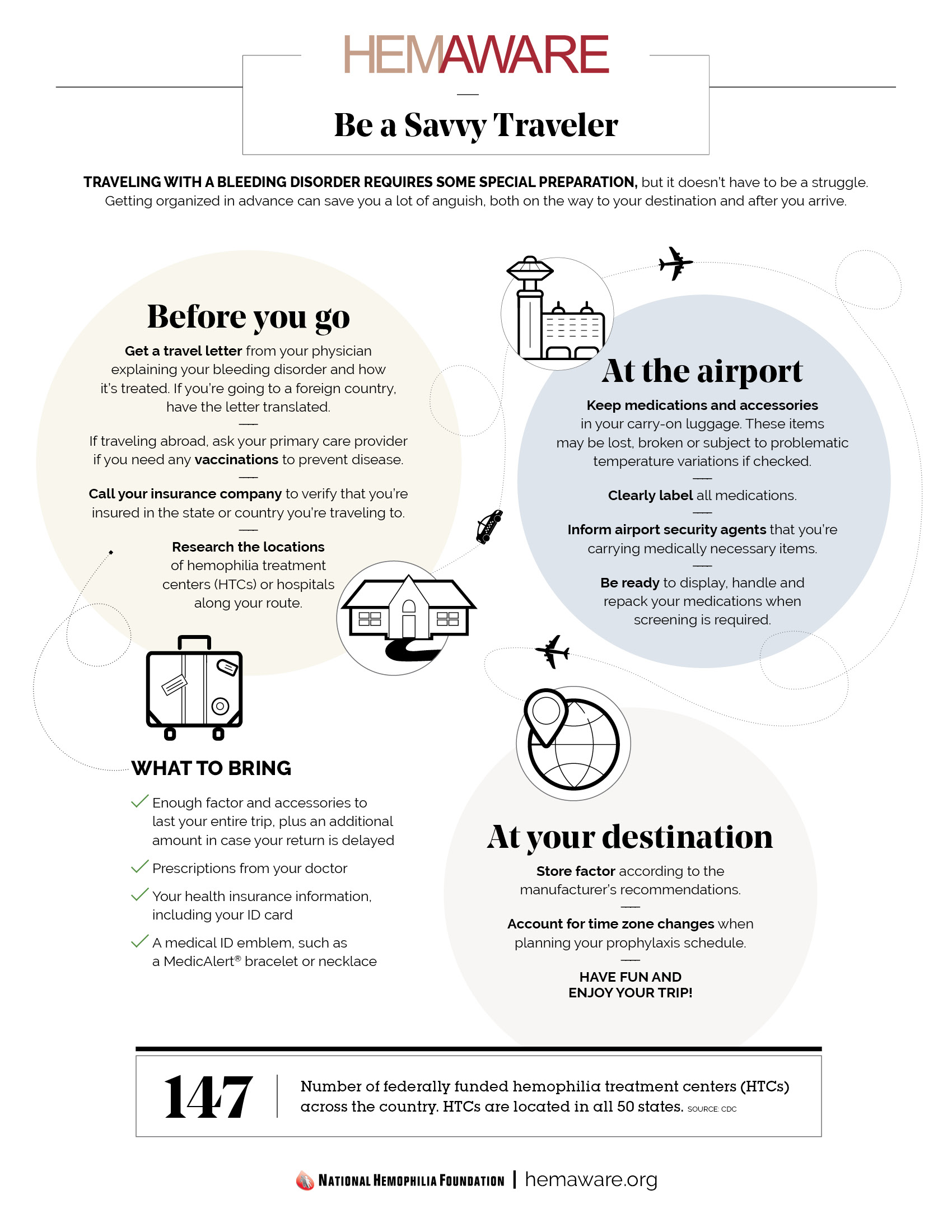Many travelers are either methodical or messy when it comes to packing for a trip. Some people neatly layer their clothing; others use the rolling method, which they say prevents wrinkles. Although we may adhere to personal packing preferences, if we’re traveling with medications, government agencies say we have to conform to their safety rules.
The 3-1-1 liquids rule for carry-ons
The Transportation Security Administration (TSA), part of the Department of Homeland Security, was created in 2001 after terrorist attacks in the US. The TSA is responsible for screening passengers, their checked luggage and carry-on items for explosives, weapons and other dangerous items. At airport security checkpoints, imaging technology scans everything from shoes and laptops to hand lotion and liquids.
The TSA’s so-called “3-1-1 liquids rule” means that each traveler is allowed to have in his or her carry-on bag aerosols, gels, creams and pastes in containers, each of which is no larger than 3.4 ounces (100 milliliters). All of these should be carried in one zip-lock bag. The plastic bag can then be easily removed from your purse or carry-on, and placed in the plastic bin that goes through the screening device.
However, there is an exception to the rule. The TSA allows an exemption for medically necessary liquids. These may be in containers larger than 3.4 ounces and do not have to be placed in a zip-lock bag. The catch is that you must tell the TSA officer that you have these medically necessary liquids and/or medications at the screening checkpoint. And you are required to separate them from your other belongings before screening begins.
Further, if you have other medical accessories that accompany your medications, these must also be identified and segregated. Examples include freezer or gel packs, IV bags, pumps and syringes.
Bleeding disorders supplies that fly
If you have a bleeding disorder, make sure to pack all the medical supplies for your trip. Your checklist could include the following:
- Factor concentrate (lyophilized powder in a glass vial), preferably in its original packaging
- Diluent (the sterile water used to reconstitute the powdered factor concentrate)
- Needles, syringes and tourniquets
- Alcohol wipes
- Sharps container for disposing of used needles
- Sterile saline and/or heparin to flush a port, if you or your child has one
- EMLA numbing cream, typically used for children
Because of temperature fluctuations and the risk of breakage, factor products should not be stowed in your checked luggage. To keep them cold, refrigerate the factor and diluent before you leave home, then place them in an insulated travel bag that stays with you during the flight.
The National Hemophilia Foundation (NHF) provides more tips for traveling:
- Before leaving home, call your insurance company to verify that you are insured in the state or country you’re traveling to
- Have a valid insurance card in your wallet
- Carry with you a prescription from your doctor, including contact information
- Keep with you a travel letter from your doctor or a staff member of your hemophilia treatment center (HTC) explaining your bleeding disorder, and the need for medication and supplies
- Factor in time zone changes when planning your prophylaxis schedule
- Bring ample supplies of factor products and accessories. If you’re going on a long trip, have extra supplies mailed to your destination.
Preparing for your screening
The TSA recommends the following when traveling with medicine in your carry-on:
- Tell the TSA agent that you are carrying medically necessary medicines.
- Clearly label your medications. This will expedite things.
- Separate your medically necessary items from your other possessions.
- Clearly label other items associated with your medications. These include freezer or gel packs, IV bags, pumps and syringes.
- Be ready to display, handle and repack your medications when screening is required.
- Understand that medication can go through a visual or X ray screening. It may be tested for traces of explosives.
Be aware that if the TSA agent cannot use X ray screening to clear your liquid medications, he or she may have to open the container, pour some of the liquid in a separate container or dispose of a small quantity to retest it.
You do have the option of opting out of the X ray screening or having your liquid medications opened, according to the TSA. However, additional steps will be used to clear the liquid. The TSA says that you will undergo extra procedures, including pat down and screening of other carry-on items.
International travelers
With people jet setting to tropical islands and mountain retreats, it’s important to prepare yourself for international travel. Different countries may have different requirements when it comes to medications. The World Federation of Hemophilia (WFH) is hosting its World Congress right after NHF’s Annual Meeting in July in Orlando, Florida, so thousands of travelers from overseas will be flocking to Florida.
When traveling to the US from another country, the US Food and Drug Administration (FDA) and TSA recommend the following medication tips:
- Carry a valid prescription or doctor’s note in English
- Keep the medication in its original container, with the doctor’s instructions printed on the label
- Pack only the amount you need for your stay; no more than a 90-day supply
- Refills of a prescription from another country are hard to come by at the typical US pharmacy. Most likely, you will need to make an appointment to see a US physician to get your refill while in the states.
Traveling with medication and the supplies that go with them doesn’t have to be a hassle. Just follow the recommended guidelines for packing and labeling your items. That way you’ll fly through the screening and soon be on your way.


